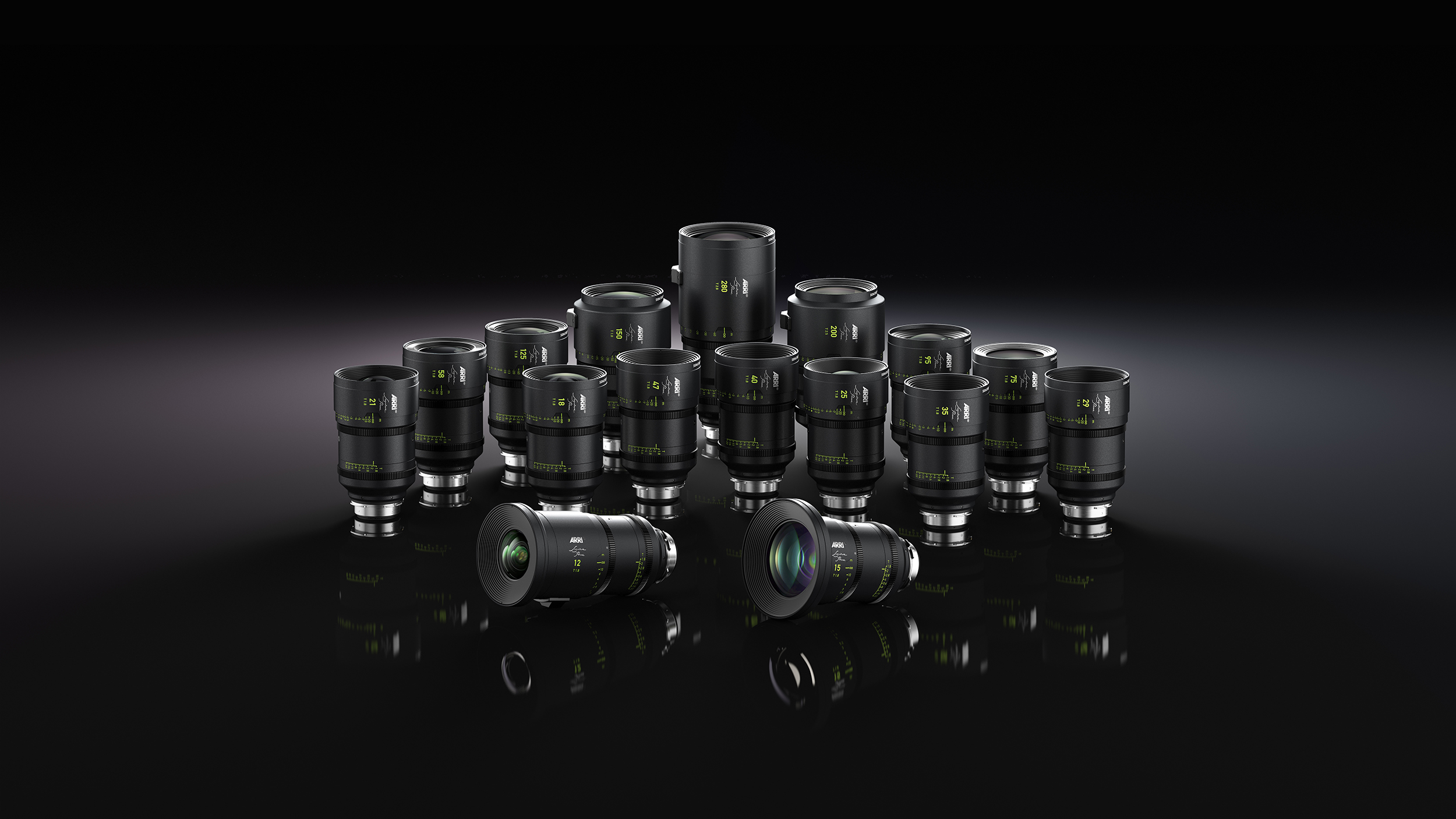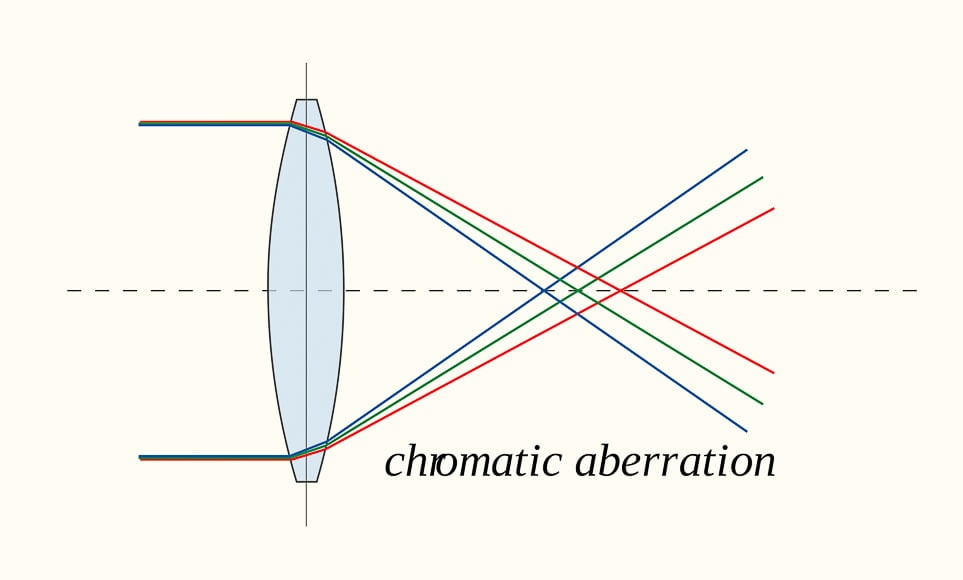The Role of Lenses in Shooting in HDR
Lensmakers respond to advances in imaging acquisition

SEATTLE—There’s a rule of thumb in video image capture that the finished picture will only be as good as the weakest part of the signal path. HDR (High Dynamic Range) is no exception.
“The great news is that the camera manufacturers have come a long ways in terms of how many stops of lights they can record,” said Stosh Durbacz, national sales manager at FUJIFILM Optical Device Division. “So we, the lens folks, have had to keep pace with that.”
Although HDR is a function of the processor inside the camera, the lens definitely plays a part, according to John Stoner, senior product specialist for Canon. “The light that passes through to the processer first passes through the lens, so if that light’s not clean, you’re never going to get a good HDR image,” he said.
The light that passes through to the processer first passes through the lens, so if that light’s not clean, you’re never going to get a good HDR image.
Josh Stoner, Canon
Art Adams, cinema lens specialist at ARRI, said that HDR makes everything in a lens more pronounced. “That includes chromatic aberration, flare, softness at the edges, a lot of things that can be really distracting and can also impact the HDR image significantly.”
Secret Sauce
One critical component of a lens is the glass optics within it. As light passes through each glass element, it creates reflections, which appear more pronounced in HDR. One way lensmakers deal with these reflections is with antireflective coatings.
“One of the biggest deciding factors is the antireflective coating that’s on the lenses,” said Snehal Patel, Head of Cinema Sales, Americas, Carl Zeiss SBE. “The higher quality antireflective coating, the higher performing antireflective coating you have on your lenses, the more exposure range you’re going to see in the lens, even when it’s wide open.”
FUJIFILM’s Durbacz noted: “Coatings are huge—they’re the secret sauce of any lens. They minimize the reflection of light. Every time light passes through a piece of glass, it comes in and then goes out, and there’s light that if reflected. So what we want to do is minimize that. These modern lenses can be 15-25-30 individual pieces of glass, all moving in unison.”
The professional video industry's #1 source for news, trends and product and tech information. Sign up below.
He also pointed out that in addition to reflections from the glass elements in a lens, there are other components that can create reflections. “The way the internal barrels are constructed, there’s baffling built in. It’s very small machining of those internal surfaces that will deaden any stray light that hits them.”
Another thing that’s improved is the black matte paint that’s used inside of the lens, according to ZEISS’ Patel. “Wherever you have glass elements inside the lens, you usually coat the edges with a matte black finish,” he said. “And any metal inside the lens that might be visible in the interior optics, you also coat that with matte black finish.“
“We have a design we call ‘flocking,’” said Canon’s Stoner, “which are mechanical ridges inside the barrel to eliminate that reflection of light before it gets to the camera sensor.”
Another lens error that becomes more pronounced when shooting in HDR is center to edge roll-off. FUJIFILM’s Durbacz pointed out: “Using the coatings and the grinding and polishing of the glass, we want to make sure that from the center of the lens—from the sweet spot out to the corners—that we’re providing flat illumination; we don’t have perceptible roll-off to the camera, from the center to the corner.”
ARRI makes both cameras and lenses for HDR. “Because we now have a camera that captures more dynamic range than anything else out there, the Alexa 35, we needed a set of lenses that would work with it,” said ARRI’s Adams. “We went back and redesigned our PL mount for this new camera. We realized that the previous design still had enough stray light issues that in HDR, with the new camera, you could start compromising your blacks, you could see them turn gray.”
To address HDR in broadcast production, Canon and Sony collaborated on ALAC (Automatic Chromatic Aberration Correction), a function that allows automatic feedback between the lens and the camera, according to Stoner. “The lens tells the camera ‘I’m at this focal length and this iris position,’ and then the camera compensates for chromatic aberration, and removes them from the image before they get to the physical side.”
Difficult Compromise
Lensmakers pointed out that the degree of difficulty goes up when it comes to perfecting a zoom lens for HDR production.
“A zoom lens has a lot more glass in it,” said FUJIFILM’s Durbacz. “We’ve got moving groups, and we’ve got to maintain focus at all these different focal lengths. If you’re focused out to 25 feet, and you zoom the lens, there’s a lot going on. And there are additional groups of glass within the lens that the light has to transmit through.”
ARRI’s Adams pointed to compromises that need to be taken. “Our zooms are more corrected for chromatic aberration, and we allow a little bit of distortion,” he said. “It’s a balancing act, they interact with each other. In a prime lens you can correct for both chromatic aberration and distortion because you’re only concentrating on one focal length. In a zoom, where you have a large range of focal lengths, you really have to go after one or the other or the lens gets very big and very, very expensive.
“So we opt to go toward correcting for chromatic aberration, because we think a little bit of distortion isn’t going to be as noticeable in HDR as chromatic aberration is. So our zoom lenses are very corrected for chromatic aberration, but there will be a little bit of distortion.”
While lensmakers go to great effort and expense to remove lens errors that have become noticeable in HDR, they’re aware that many cinematographers want the lenses to provide some character in addition to scientific perfection.
“What we’ve tried to do is to come up with a family of lenses, our Signature lenses, that work with HDR,” said Adams. “We try to maintain the most dynamic range possible, while eliminating the disturbing things that HDR doesn’t like, like chromatic aberration, and still make lenses that have character.”
ZEISS offers two different HDR- ready lens families: Supreme Prime and Supreme Prime Radiant. “The Supreme Primes are a cleaner set of lenses,” said Patel. “They have a wonderful cinematic look to them, they’re basically the successor to our Master Primes. They have both the 35 and full-frame coverage. And there’s a range of 14 focal lengths, from 15mm to 200mm. And then the Supreme Prime Radiant is a modified version of the Supreme Primes that add blue flare characteristics by manipulating anti-flare reflective coatings.”

“Now if we’re looking at real old lenses,” said Durbacz, “they still mount on these modern cameras, which is fantastic. But sometimes you start to see corner shading, or illumination roll-off to the corner. Those lenses were designed at a time when cameras didn’t see that kind of latitude, so you didn’t have to worry about a roll-off from the center out to the corner.”
Patel pointed out that “some of the things that they loved about the lenses, like maybe the flare, or the look of it, there are some qualities that maybe they didn’t notice before in some lenses that they notice now in HDR. That would be the only danger, that there might be something that they didn’t expect. They’re using a lens where they got a certain look before, but looking at it in HDR, they go ‘wow, the flares in there are very prominent, you can really see that.’
“Of course you can go back to color correction and maybe level out the blue tones and what not, to reduce the contrast level,” he added. “But it might just be baked into the image, and you won’t be able to change it as much as you want. That’s why I always say to test. You might like what you get; you might not. You certainly can get a more scientifically accurate image now, but it may not be the correct image for the production.”
Lensmakers also recommend monitoring in HDR during production itself, even if the first release will not be in HDR.
Adams warned: “Movies and TV shows especially, are going to have a long lifespan now, with streaming libraries, and I don’t think people are aware of what’s going to happen when those products are remastered for different levels of HDR, or just when they’re graded in HDR while the DP has been watching Rec 709 on the set. I think [HDR monitoring] is going to become desirable as people see the artifacts that creep in that they aren’t able to see.
“It’s not exactly like shooting film, where you didn’t see what it was going to look like until the dailies were out, but there are probably 30-40% of the image that you’re not seeing when you shoot in Rec 709, and then graded in HDR.” l

